Saving the golden orchid
Scientist revels in growing rare, once-endangered species in the lab and replanting it in the wild, Li Yingxue reports.

In April, as the mountains of Jiangxi Guanshan National Nature Reserve come alive with vibrant greenery and blooming wildflowers, one golden blossom quietly steals the show.
Professor Yang Baiyun from the School of Life Science at Nanchang University in Jiangxi province knows these hills well, as he visits often. But this time his journey has a singular purpose: to see a rare flower, golden and curled like a shrimp tail, blooming in the wild.
It's the Calanthe striata, a critically endangered orchid so elusive it's been dubbed the "golden snub-nosed monkey" of the plant world. In 2021, China's National Forestry and Grassland Administration reported fewer than 300 of these orchids remaining in the wild.
The one Yang came to see is special. It's not discovered by chance, but cultivated in his lab and carefully reintroduced to its natural habitat after years of work. Listed on the IUCN Red List of Threatened Species since 2004, the Calanthe striata is now beginning to take root again, thanks to Yang's team.
At 62, Yang has dedicated over three decades to studying orchids. He not only pushes scientific boundaries but also brings his knowledge to rural communities, helping farmers grow orchids and other valuable plants to boost their incomes. With one foot in the lab and the other in the fields, he's known as "half scientist, half farmer".
Global icons
Yang's fascination with orchids began in 1991. What started as a scientific pursuit gradually turned into a lifelong passion. "The deeper I dug into the world of orchids, the more I realized there's more than just science here," he says. "There's culture, there's significance; and that's when I truly fell in love with them."
To Yang, orchids are not just plants. They are global icons, adored across continents. Each year, orchid-themed conferences and exhibitions take place around the world, drawing scientists, collectors and enthusiasts alike. Scientifically, they're one of the most expansive families of flowering plants — around 30,000 species strong, found nearly everywhere on Earth except the poles.
They're also among the most threatened. In China's 2021 list of key protected wild plants, released by the National Forestry and Grassland Administration, orchids accounted for about a third of all listed species, with over 1,100 in total.
Yet, their value goes far beyond rarity. Many orchids have powerful medicinal use. Yang highlights several orchids used in traditional Chinese medicine — Gastrodia elata, Dendrobium officinale, and Anoectochilus roxburghii — still in high demand today. "The supply often can't keep up," he says.
"Orchids in China bloom across all seasons," Yang says, effortlessly listing them as if flipping through a wellworn field journal. "Cymbidium goeringii opens in February, and Gladiolus comes alive in July and August."
He often says with a smile: "Wherever the flowers bloom, I go."
The challenge
In 2015, the first traces of wild Calanthe striata were discovered in Jiangxi. Yang was thrilled: It was the first time he had ever seen the golden orchid in person. There were only about a dozen plants, growing quietly in a farmer's field. He quickly collected specimens with his students and brought them back to the lab, where they began experiments on biotechnological propagation.
That was their first major hurdle. As an endangered orchid, Calanthe striata is notoriously difficult to reproduce. "Out of 10,000 orchid seeds, maybe two or three will sprout," Yang says. The species has a low germination rate and depends heavily on a specific symbiotic fungus to survive.
Its pollinators are few and far between, resulting in a low pollination success rate. Only about 10 to 15 percent of flowers produce fruit. And even then, its seeds, among the tiniest and lightest of all flowering plants, contain no endosperm and cannot germinate on their own. "They must form a partnership with just the right fungi," Yang explains. "But not every fungus in nature can do that."
Faced with this challenge, Yang turned to symbiotic fungi. But finding the right match among tens of thousands of fungal species was like searching for a needle in a haystack. Over five years and thousands of experiments, Yang's team isolated more than 160 fungal strains and ultimately identified four that could promote seed germination. With that breakthrough, they established a sterile and symbiotic cultivation system, secured a national invention patent, and began large-scale propagation of Calanthe striata.
Reintroducing them to the wild proved even harder. "The year 2022 was extremely dry; and the survival rates were low," Yang recalls. "And then there were wild boars and rabbits, that most of the orchids we planted that year were destroyed. It was heartbreaking."
Fieldwork came with its own trials, with leech bites, swarming mosquitoes, vehicles stuck in mud, sudden encounters with wild boars and venomous snakes. But Yang and his team ploughed on.
Today, they've successfully reintroduced more than 20,000 Calanthe striata orchids across nature reserves in four provinces: Anhui, Hunan, Jiangxi, and Zhejiang.
For Yang, seeing these once-endangered orchids bloom in the wild for three consecutive years has been deeply rewarding. But he remains cautious. "This is only a first step," he says. "We'll need to keep monitoring them, not just for 10 years, but for 20, maybe even 100. Re-wilding them is just the beginning. There's a long road ahead."
He has begun seeking a more permanent home for the orchid. "We hope to integrate conservation efforts with scenic site development. Calanthe striata is beautiful. It once grew wild in both Hunan and Jiangxi provinces, and now we can bring lab-cultivated seedlings into scenic areas. That way, the orchids can continue to grow and reproduce, while also contributing to the local economy."
Yang reveals that they also plan to develop fresh-cut flowers and potted versions of Calanthe striata, bringing this once-vanishing orchid into homes and markets as well.
Sharing knowledge
Beyond his research, Yang spends much of his time in the fields, traveling year-round through villages and farmlands. He doesn't just study orchids, he also helps farmers solve real problems in agricultural production.
From teaching how to plant on sloped terrain to helping calculate economic returns, Yang shares everything he knows, including his specialized knowledge of orchid cultivation. Over the years, he has helped generations of farmers increase their incomes, dedicating himself to rural revitalization through science.
As head of a support team for economic crops in Nanchang's Wanli district, Yang worked closely with 16 local companies and households to understand their needs.
In Luoting Town, he helped farmers adjust their crop structure: recommending greenhouse watermelon and strawberries, and teaching them how to manage temperature, humidity, and pests. His advice helped increase both yields and profits.
Xia Bin, dean of the School of Life Sciences at Nanchang University and Yang's colleague for more than 30 years, says that despite Yang's many accolades — national model worker, national model teacher, and national science popularization pioneer — colleagues jokingly call him the "farmer professor".
"He's always out in the field," Xia says. "Sometimes he shows up to work with mud still on his leather shoes.
"For years, he's been out there helping farmers with real, hands-on problems. He's been doing so much to support local economic development. He's the kind of professor who writes his research directly into the soil."
Yang has a passion for the outdoors and photography. On every field trip, he carries his camera gear to capture rare plants at their most striking moments. His deep knowledge of orchids helps him bring out their elegance and detail through the lens.
He often calls himself a "backpacker", spending nearly a third of each year in the wild, covering nature reserves across China and every forest in Jiangxi. Despite the physical demands, Yang remains upbeat: "People think I'd be tired at my age, but I'm not. I'm doing what I love. When your passion and work align, it may be exhausting, but it's more joyful."
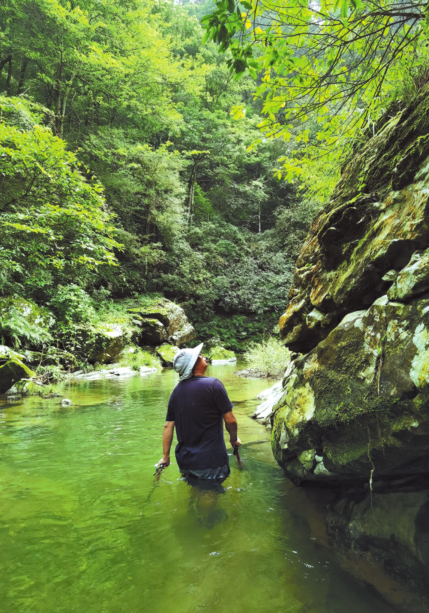
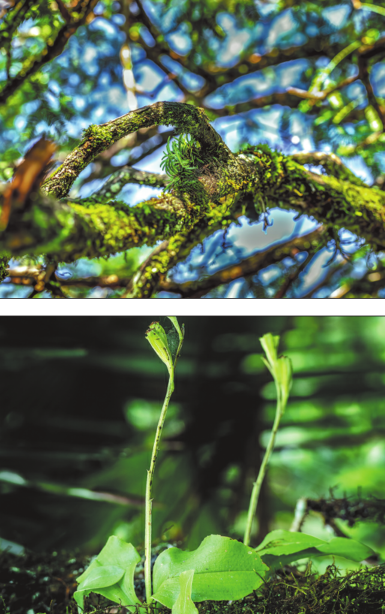
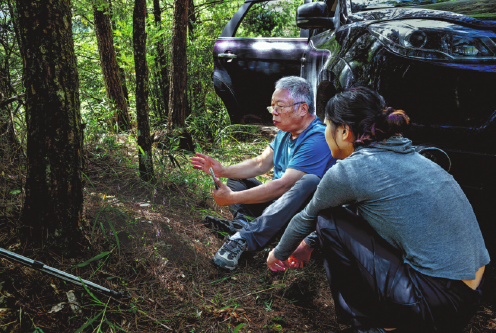

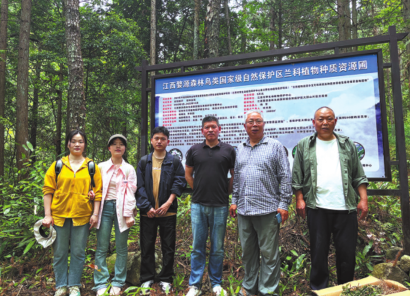
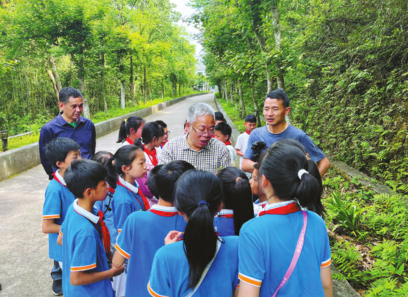
Today's Top News
- Digital countryside fueling reverse urbanization
- 'Sky Eye' helps unlock mysteries of the universe
- China offers LAC development dividend
- Future sectors to receive more play
- Nation sets its sights on export boost
- China to open its door to foreign investment wider






























